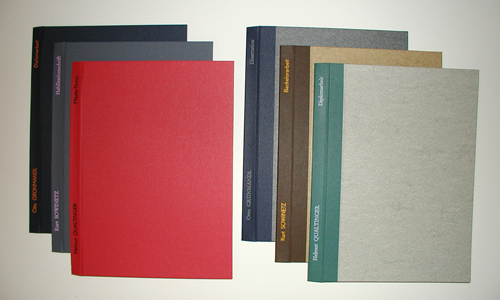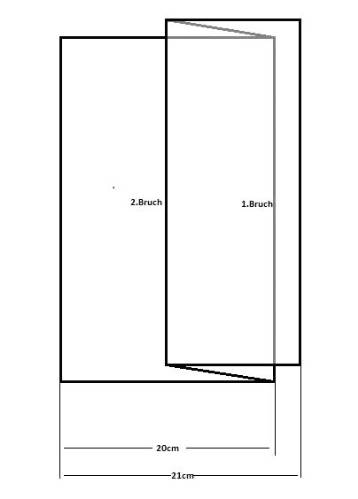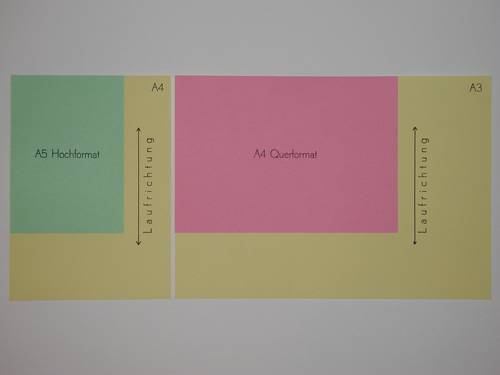Thesis for a degree
Senior theses (Bachelor‘s, Master‘s), dissertations, habilitations, etc.

Hard bound in full cloth or half bound, including name embossing : € 30,00, excl. 20% VAT (€ 3,00 surcharge from 3 cm thickness onwards).
Colour of your choice. Please supply the desired number of copies printed and sorted. Waiting time: You can collect your diploma thesis on the next but one working day from 9 a.m., fully bound. For example: You drop the thesis any time on a Monday, and can pick it up the following Wednesday from 9 am.
Your choices:

full cloth half bound
Diploma theses of the season:

It doesn't always have to be black and gold. Here are a few seasonal suggestions for your work for more colour on the bookshelf.
FAQ:
1. Which paper is suitable?
The thinner the paper, the more durable the adhesive binding and the easier it is to flip through the book. Normal 80g copy paper is best. Extremely smooth and coated papers are not particularly suitable for binding.
2. Why do pages curl or crinkle?
Curling of pages has to do with the generation of heat during laser printing or copying. Unfortunately, this is not revertible even by pressing for a long duration. To avoid curling it is advisable to use inkjet printers.
3. Size of page margins?
The books are cut on 3 sides, front (right), top and bottom. However, only approx. 1 mm is cut off at a time. The adhesive binding (left margin) does not, like a paperback, need a larger margin, but it should not be less than 2 cm.
4. May illustrations be on different/thicker paper?
One should not mix the paper type and grammage (thickness) within a book. Any additional paper type will weaken the adhesive binding. This also applies to coloured chapter dividers.
5. May foils, photo paper or glassine paper be used?
These types of paper are not suitable for adhesive binding. Plastic films do not absorb the adhesive (water-based), photo paper discolours and glassine paper is too absorbant, causing curls to form during drying.
6. How to fold maps properly?
A3 maps can be bound in A4 portrait format, but have to be specially folded. (first fold at 20cm, second fold at 21cm).

However, one should include as few as possible, since the folded maps press themselves unsightly into the following pages.
7. How thick or thin can your book be??
There is no minimum thickness, except the specification of your professor. The thickness of your book must not exceed 5 cm (maximum depth of my cutting machine)
8. What is a special format?
Everything except A4 portrait is a special format. For formats smaller than A4 the surcharge is 5 €, excl. VAT. For formats larger than A4 and for A4 landscape format the surcharge is 8 €, excl. VAT. For special formats you have to reckon on one week until completion. Binding in A3 is not possible.

Correct positioning for special formats
Hochformat = portrait format
Querformat = landscape format
Laufrichtung = grain direction
9. What else has to be considered re special formats?
In the case of special formats, the grain direction of the paper must be observed, as the adhesive binding should always be parallel to the grain direction of the paper. Otherwise, the binding will cause stronger curling and the book will be difficult to leaf through
10. Extras
The total price of a bound thesis in A4 portrait format includes a high-quality adhesive binding, the custom-made cover and your embossed name. Each further embossed word costs 2,00 €, excl. 20% VAT..
Endband: 1€, excl. 20% VAT.
Marbled paper/reptile paper surcharge: 3€, excl. 20% VAT.
Link to photo gallery showing the process of binding step by step. Click on the picture to enlarge